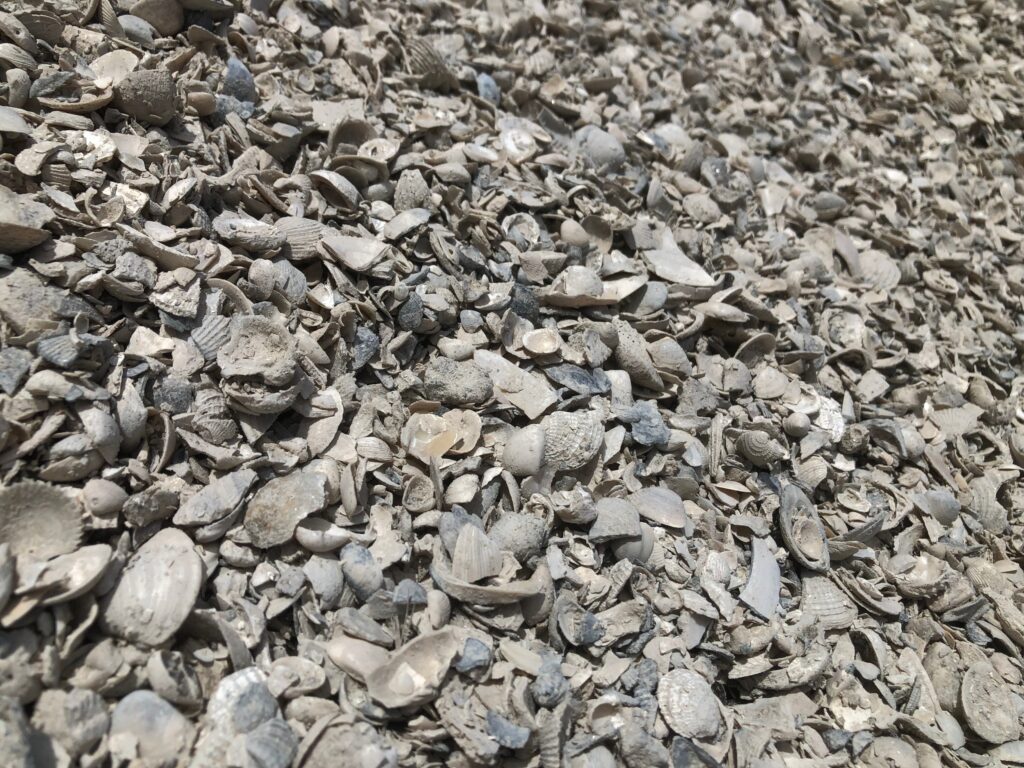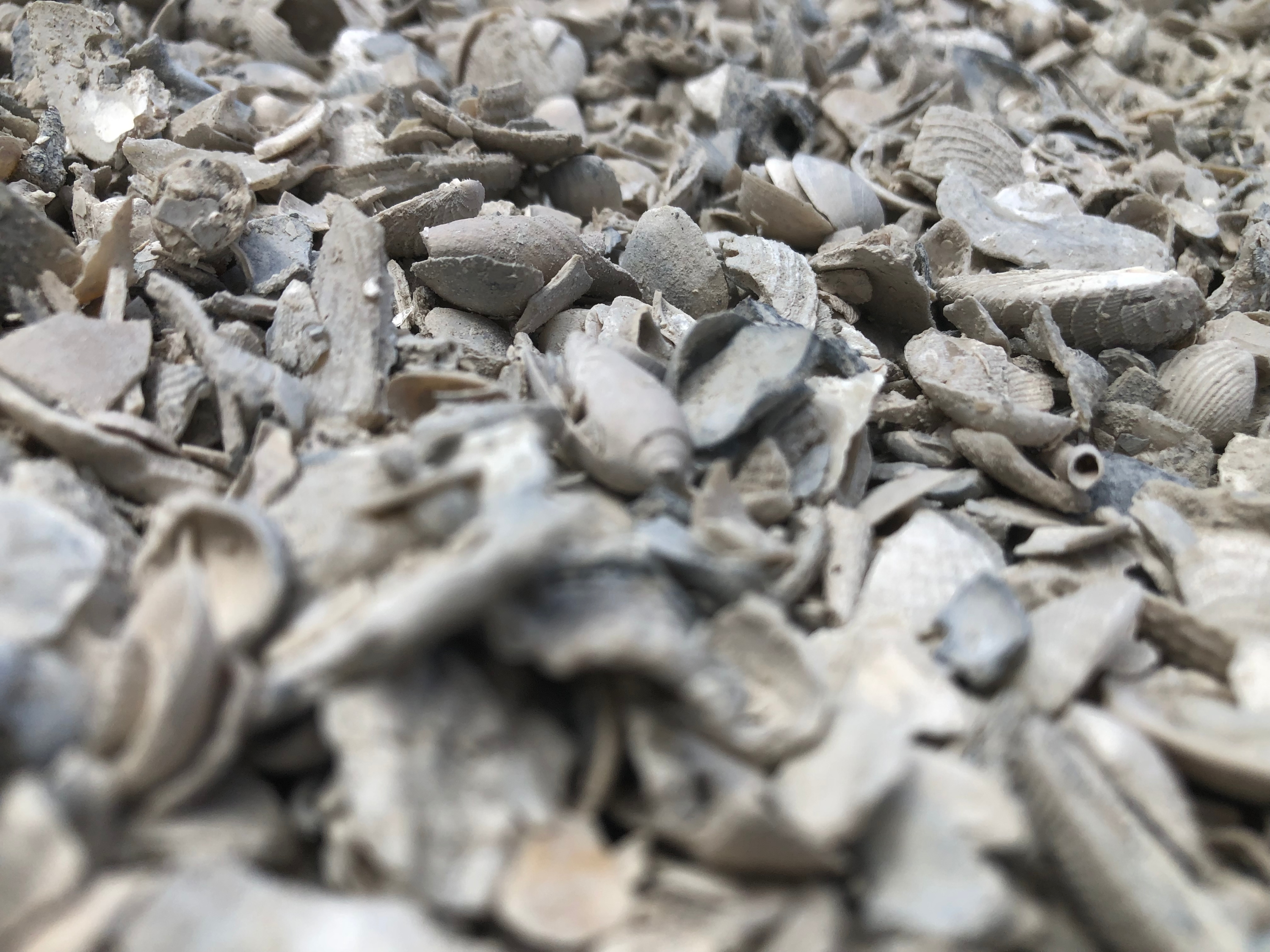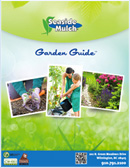Seashells
Seashells are a natural and beautiful way to mulch and landscape your garden. They come in a variety of sizes, shapes, and colors, and they can add a touch of coastal charm to any outdoor space. Seashells are a versatile and beautiful material that can be used to add a touch of coastal charm to your garden. With a little care and attention, you can enjoy the benefits of seashells for years to come.
Benefits of using seashells for mulching and landscaping
- Suppress weeds: Seashells can help to suppress weeds by creating a physical barrier that prevents them from germinating and growing.
- Conserve moisture: Seashells can help to conserve moisture in the soil, which can be especially beneficial in dry climates.
- Improve drainage: Seashells can help to improve drainage in the soil, which can prevent plants from becoming waterlogged.
- Add nutrients to the soil: Seashells are a good source of calcium, which can be beneficial for some plants.
- Enhance the appearance of your garden: Seashells can add a touch of beauty and interest to your garden.
How to use large seashells for mulching and landscaping
- Choose the right size and type of seashells: Large seashells are best for mulching around trees and shrubs, while smaller seashells can be used for mulching around flowers and other plants.
- Spread the seashells evenly around the plants: Apply a 2-3 inch layer of seashells around the plants, being careful not to bury the stems.
- Water the plants: After you have applied the seashells, be sure to water the plants thoroughly.

How to use small seashells for mulching and landscaping
- Smaller seashells can be used as a decorative accent in your garden. You can use them to create borders around flower beds, or to line walkways and paths.
- You can also use small seashells to create mosaics or other artwork in your garden.
Tips for using seashells for mulching and landscaping
- Do not use seashells in acidic soils. Seashells can raise the pH of the soil, which can be harmful to some plants.
- Do not use seashells in areas where there is a lot of foot traffic. Seashells can become broken and jagged if they are stepped on, which can be dangerous for children and pets.
- Reapply the seashells every year or two. Seashells will eventually break down over time, so you will need to reapply them every year or two to maintain a consistent layer of mulch.



